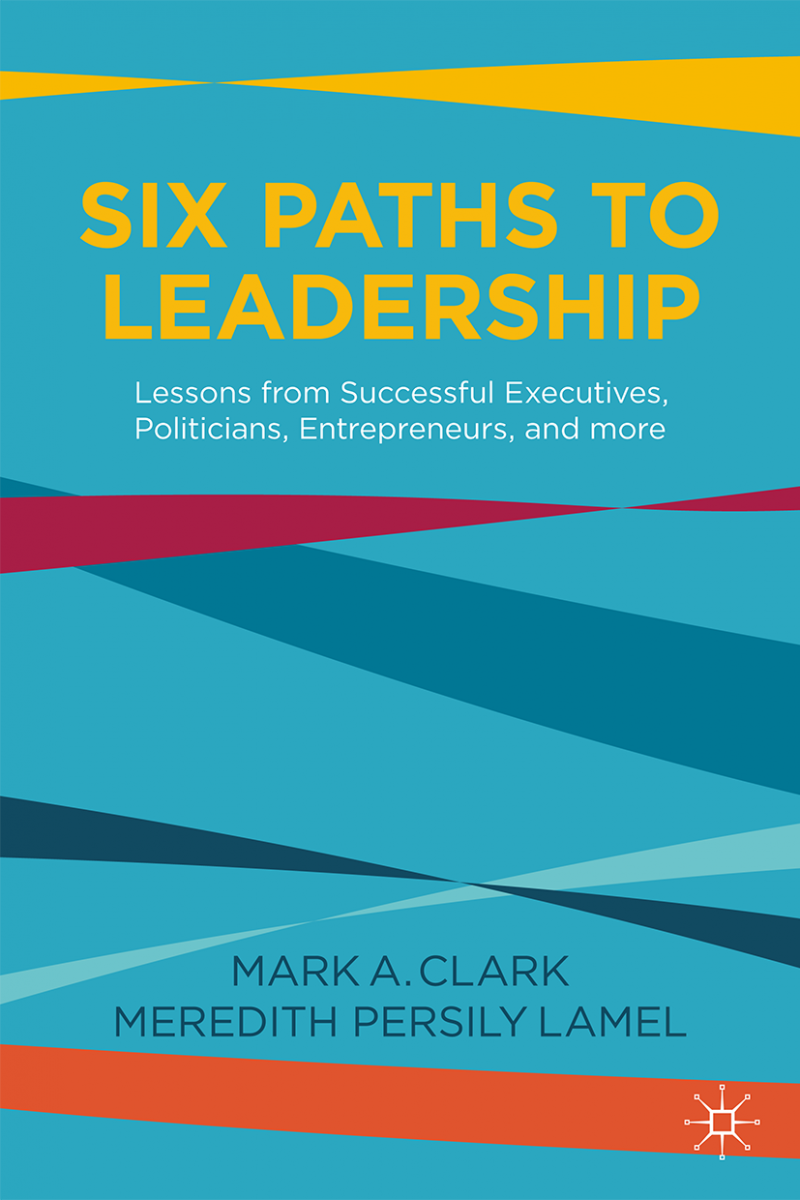How to structure effective family business communication

The most basic and perhaps most ultimately effective strategy for leaders dealing with the challenges of family business is to plan, create and maintain effective communication practices.
As family business member and consultant Vernon Holleman puts it: “Communication is critical. Honest, regular communication about where the business is, how it’s doing, how it’s sort of being run and operated.
 “Because it’s in a family dynamic, you may not be publicly traded, but you basically have kind of an ownership responsibility to the other owners. So I’ve seen the ones who have the most success are very heavy on communication.”
“Because it’s in a family dynamic, you may not be publicly traded, but you basically have kind of an ownership responsibility to the other owners. So I’ve seen the ones who have the most success are very heavy on communication.”
Good communication is not just a matter of transmitting information among interested parties. It starts with a clear understanding of family business goals, associated strategies, and roles, shared through channels that will be most acceptable and effective in communicating the intended message, and following up to ensure understanding.
The family narrative, for example, is an important communication instrument, of a relatively formal nature, which combines family history, culture, goals and strategy. We’ll give examples of a few more ideas related to communication process and structure, according to our family business leader interviewees: family consensus, family meetings and personal communication.
Family consensus to the world
Todd Schurz believes that one strength of the family behind the business is the varied perspectives and collective will that they can exert. For the family to buy in and support the direction of the business, there must be an opportunity for members to share their ideas, including their differences in opinion, then reconcile as a family collective.

He believes that the family should strive for consensus—not necessarily everyone agreeing completely with every step of the company direction, but after honest dialogue the family should come up with one direction that everyone can support, reconciling through compromise, voting, or other decision rules. Once this consensus is reached, each member of the family should support it to the rest of the company, particularly the board and employees, as well as present a united front to the rest of the world.
As Schurz describes: “We can have lots of discussion, debate and disagreement within the ownership group. But when the board hears from the ownership group, it’s with one voice.
“We put that in writing, so there is a written record over the years about what the owners think about different issues. For example, when I recommended exiting the broadcasting industry, the board said, ‘Okay, let’s hear what the owners think.’
“In April, we brought in a third party to help with conference calls, through which we were able to reach consensus. We communicated this back to the board, saying, ‘This is what the owners think about this decision.’ This gives the board the guidance they need. We’re very careful in planning what our owners decide, and what our board decides.”
Family business consultant Stephanie Brun de Pontet emphasises it is important for family businesses to achieve this consensus even when the family no longer necessarily has ownership control of the company. Family members remain part of the company brand, even when they no longer own or directly work for the business.
Brun de Pontet gives an example of a Chicago-based company whose board was empowered to make a difficult and important decision about selling a portion of the business, yet took the time to engage with the family first. Although the board was entitled to make the decision, they asked the family to meet, deliberate and weigh in, because, “The family had 100 years of history with this legacy asset of the company, and their comfort and buy-in for this decision was considered essential.”
 Family business meetings
Family business meetings
John Darby discusses how good family business communication can be supported by agreement and efforts of particular generations within the family. He relates that The Beach Company had very little formal processes or organisation in 1990 when it came to strategic and succession issues, although the company was 45 years old at that point.
The annual business meeting at that time was on Christmas morning with the family gathered for the holiday. The founding generation of grandparents would let the family finish their breakfast and then pass around a two-page letter, sometimes with cash in it. There was no real shareholder discussion, just the letter.
While this worked when the company—and the successive generations—were younger, it became apparent that the leaders must develop another approach. Equally problematic, but in another manner, Wade Murphy describes how the growing Murphy Oil family business meeting essentially replaced the holiday celebration among members of his extended family, contributing to an evolution from a family that might have been close, to being more of a business entity.
 The Beach Company relied on its second generation of family leaders—the G2s—to create a plan for family communication through business meetings.
The Beach Company relied on its second generation of family leaders—the G2s—to create a plan for family communication through business meetings.
“There are almost 80 of us now, including between the family members in each generation and their spouses. We looked at the G2s. They have really worked hard to teach us and to bring the families together, to celebrate what we have. We are all business now at the shareholders meetings.
“The G2s have been instrumental in guiding us through the traps; they worked hard to manage expectations and create full transparency. We don’t want family to hear company business on the street or in the newspaper.”
The inclusiveness, organisation and transparency of family meetings can have other positive effects. As Darby mentions: “It would have been easy for us to go our own way—we’re all over the United States—and they have kept the family very close.”
It is clear that family business leaders should plan for and enact clear communication procedures within their family, and within their business. Ultimately, family business leaders should strive for shared understanding of the business purpose and direction. There are many communication tools and processes that can support this aim. However, none should be considered to take the place of the simple desire to communicate in a family whose members share a sense of what they see in the business.
As Darby notes: “If you have good rapport with family, you’ll just get on the phone.”
While direct communication is likely to be effective in many families, the best practice of this should include sensitivity to the manner of speaking and the continuing relationships beyond the workplace.
As Kathy McDevitt concludes: “The challenge is that because you are family members you talk to your family members like they are in your kitchen, and not in your office. You can sometimes, I don’t know if disrespect is the right word, but you are far more informal because you are talking to your siblings. But you have to be careful because you need to live with these people for the rest of your life and have family events. So you have to resolve any issues so you can have peace in your life.”
This is an extract from Six Paths to Leadership: Lessons from Successful Executives, Politicians, Entrepreneurs, and More by Mark A Clark and Meredity Persily Lamel (Palgrave Macmillan).







